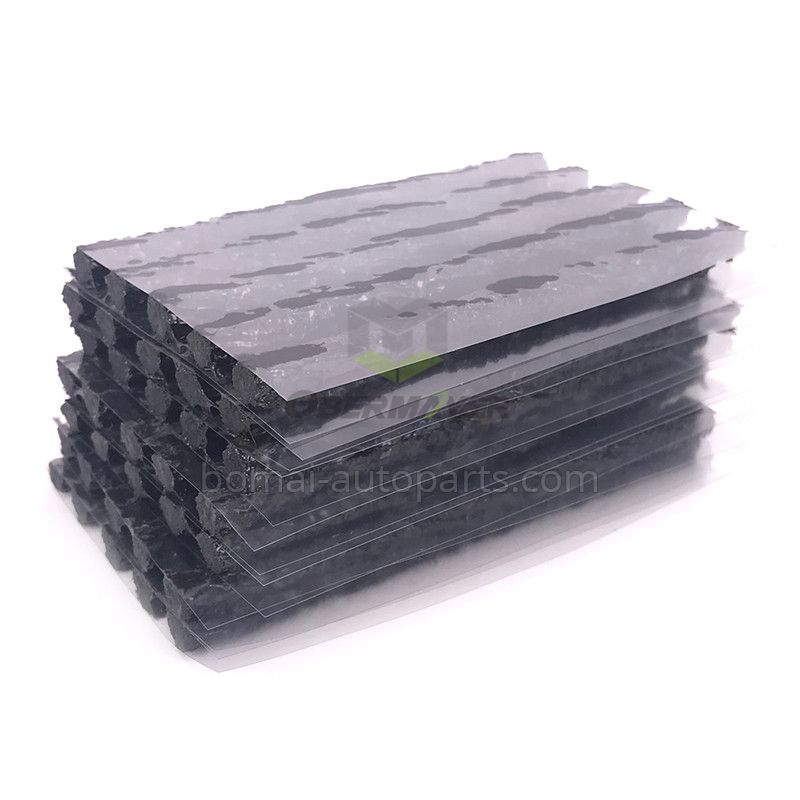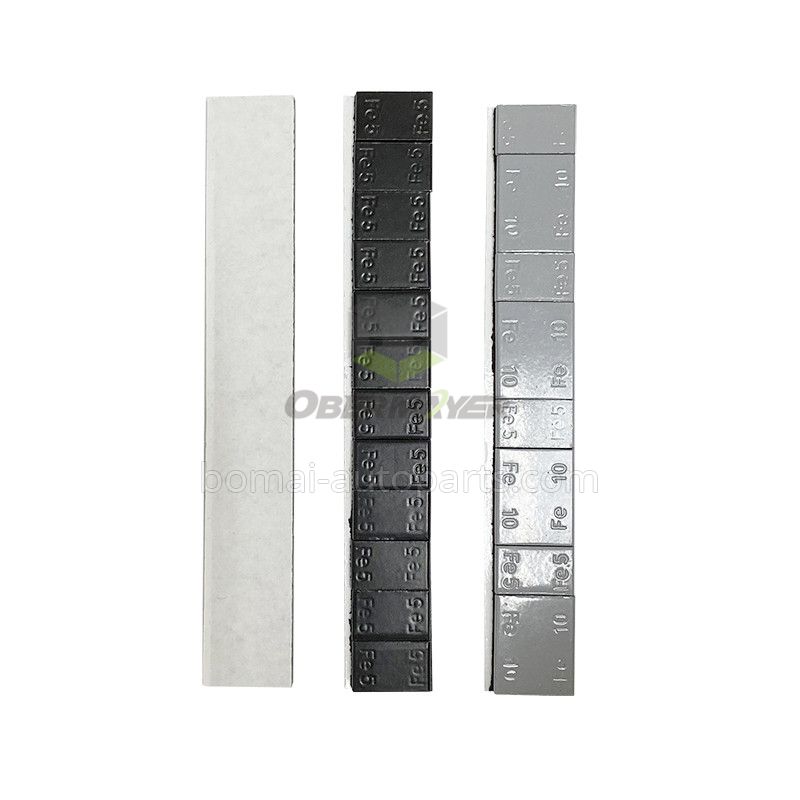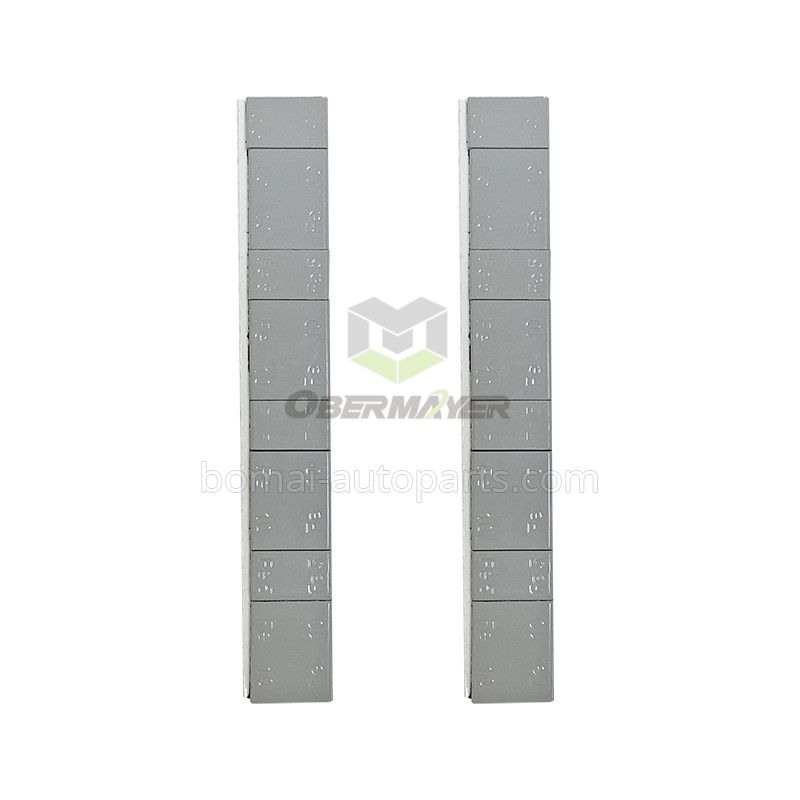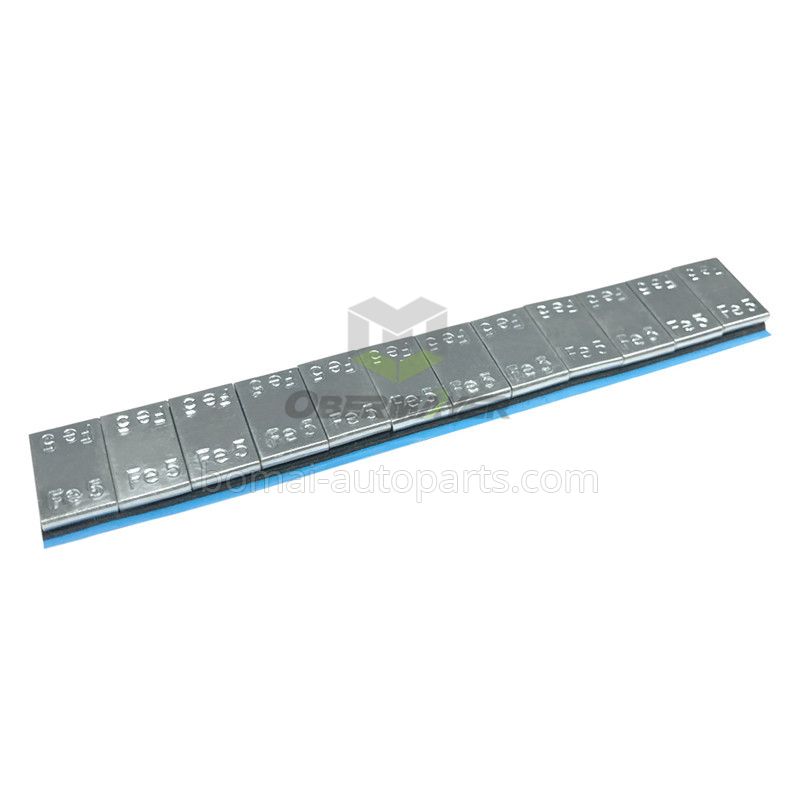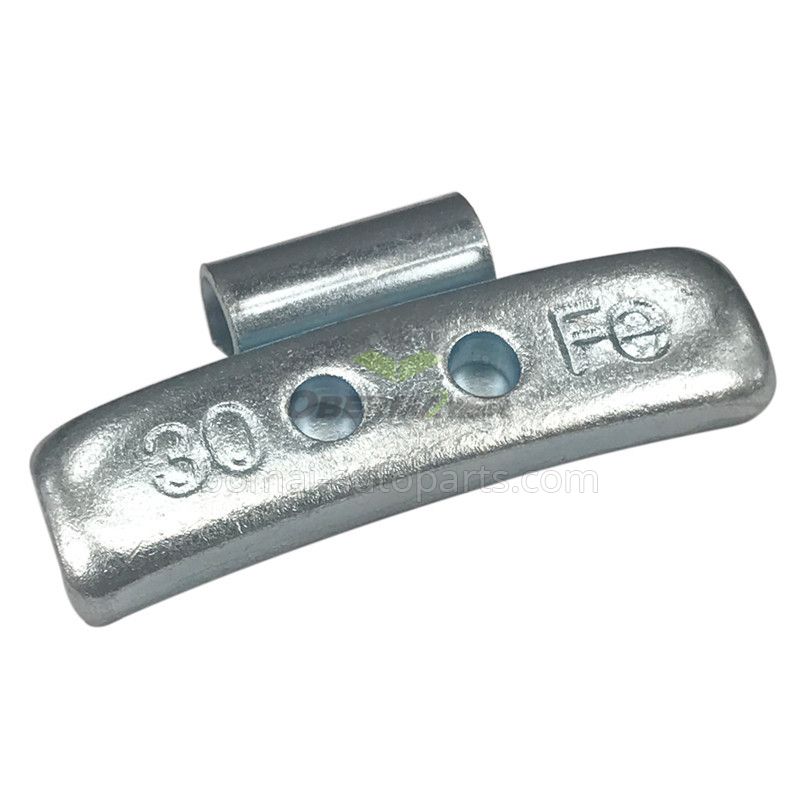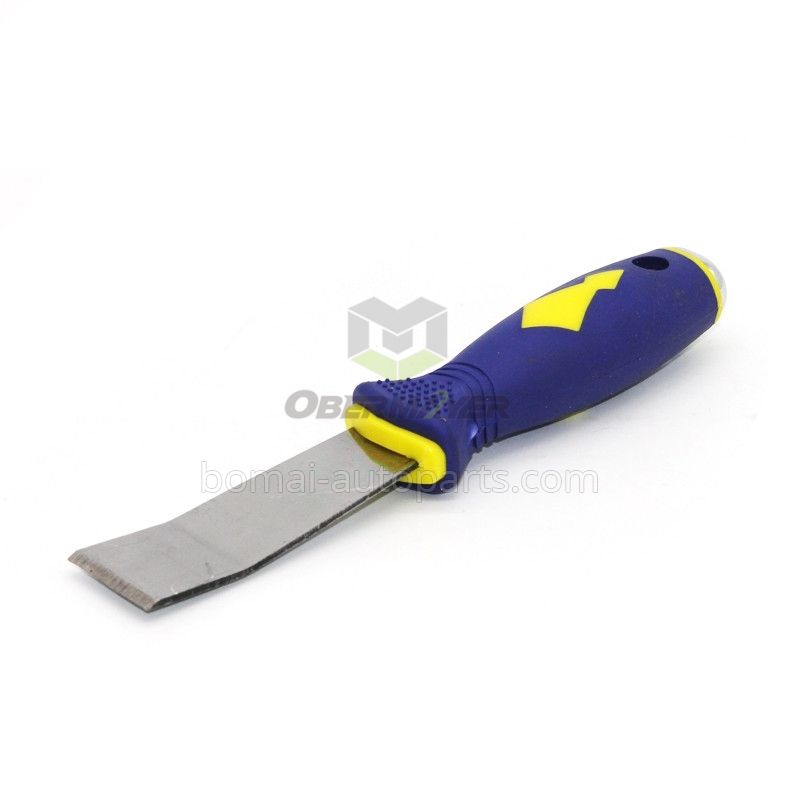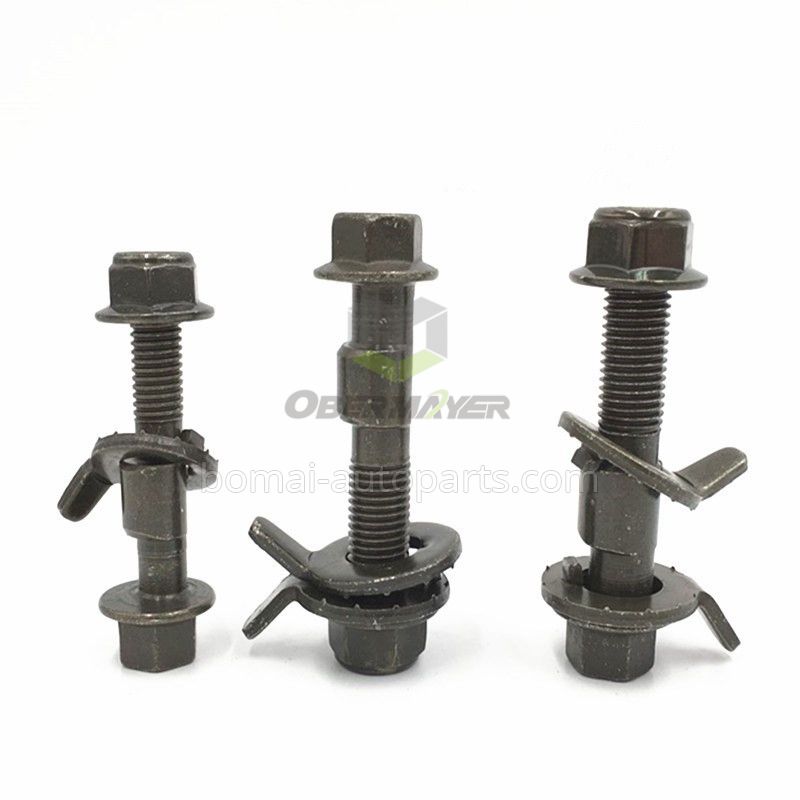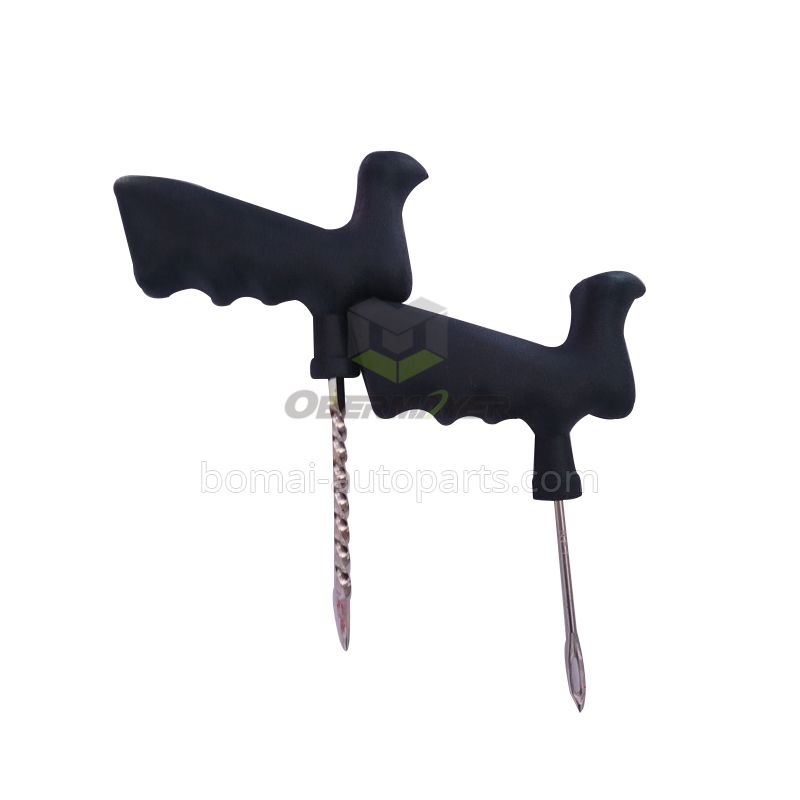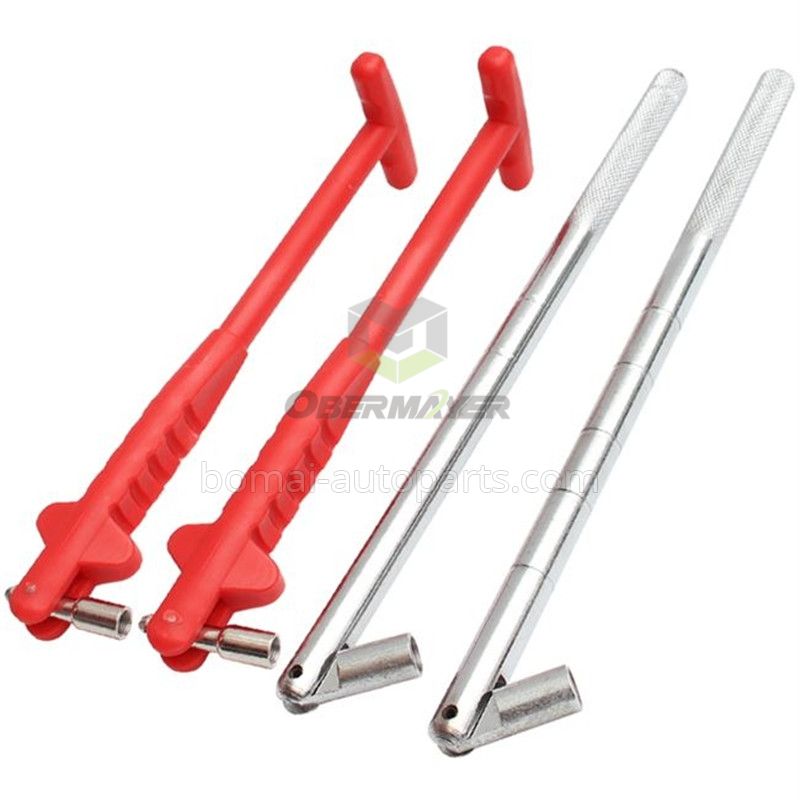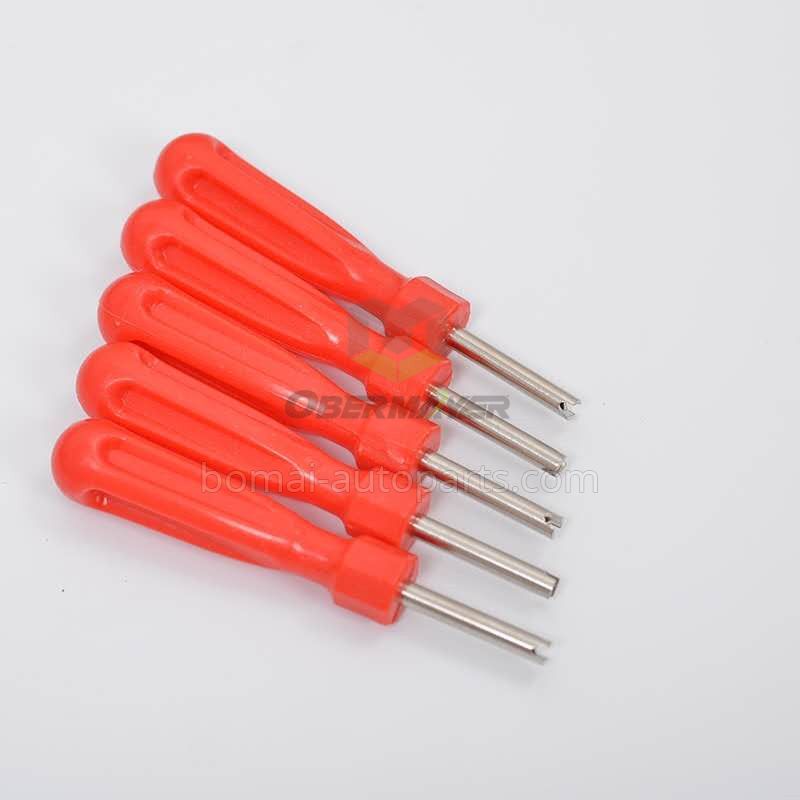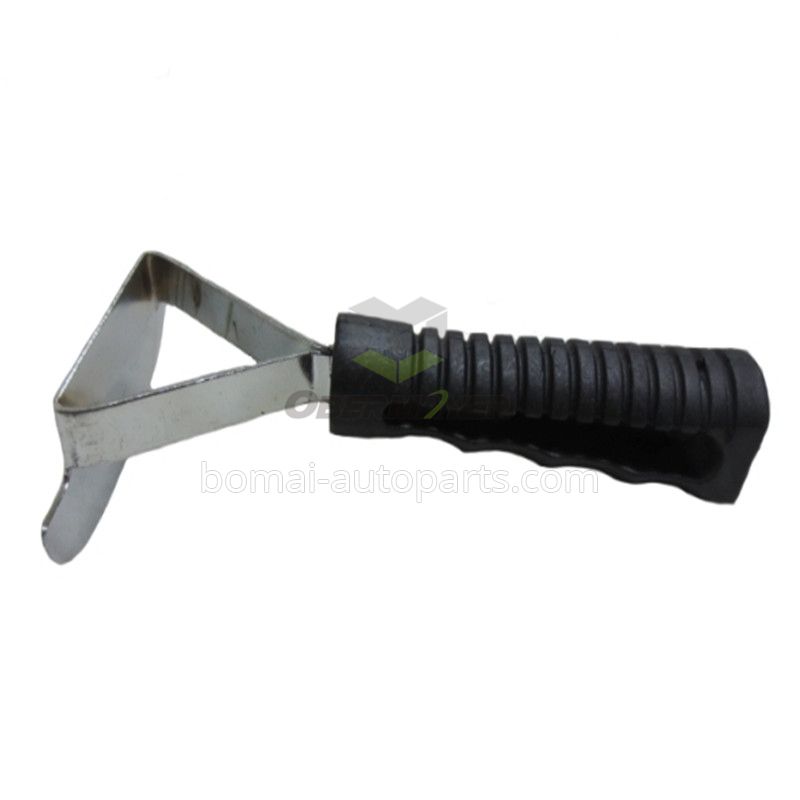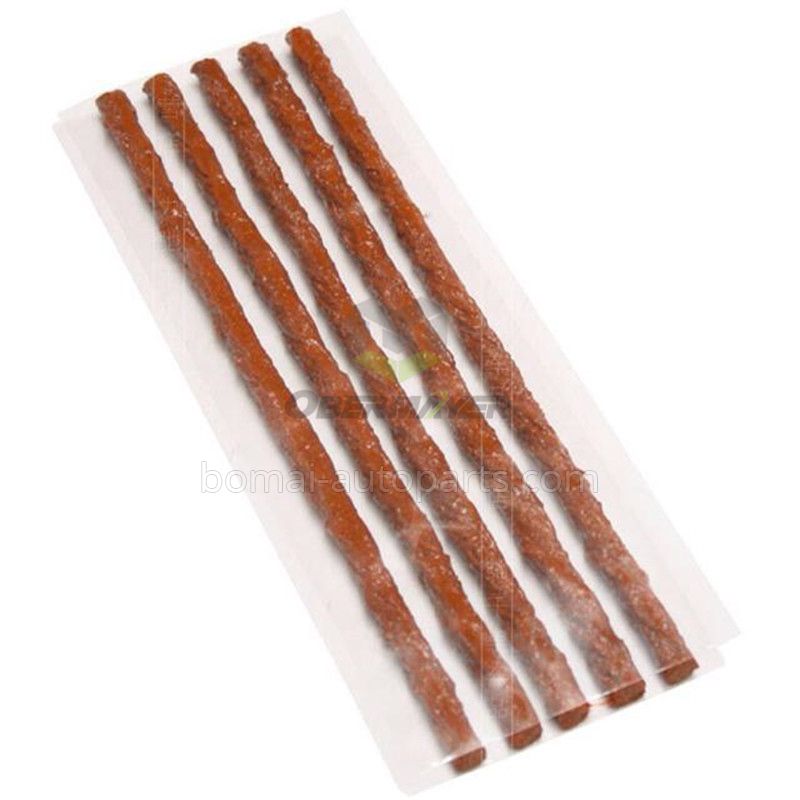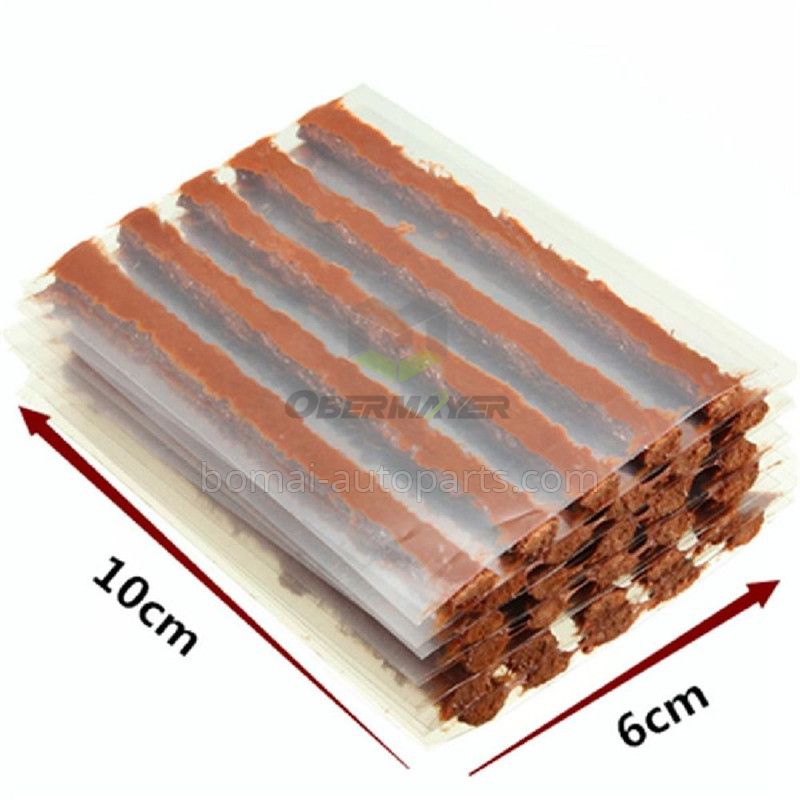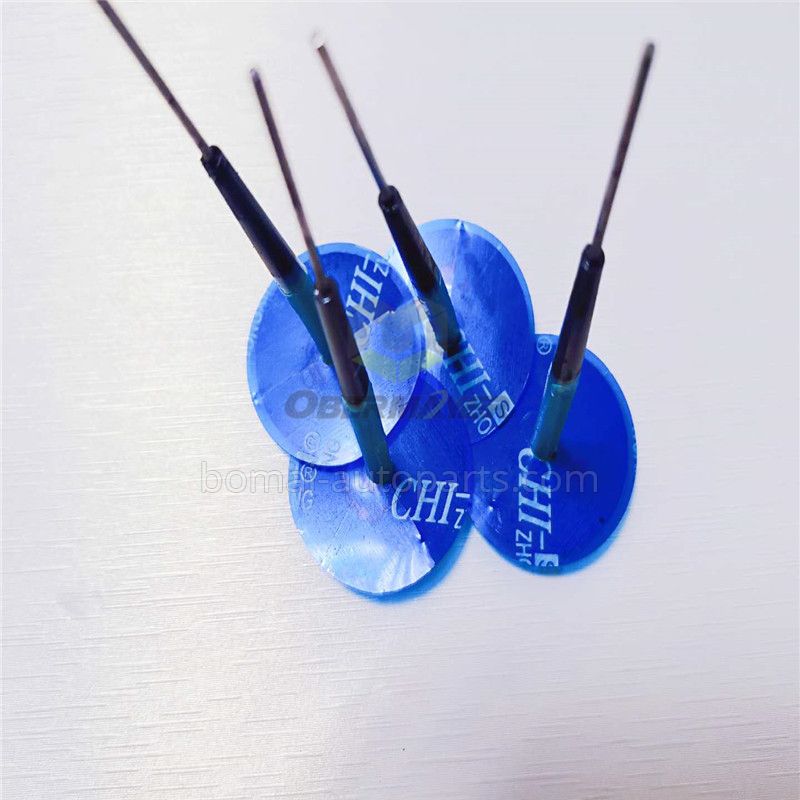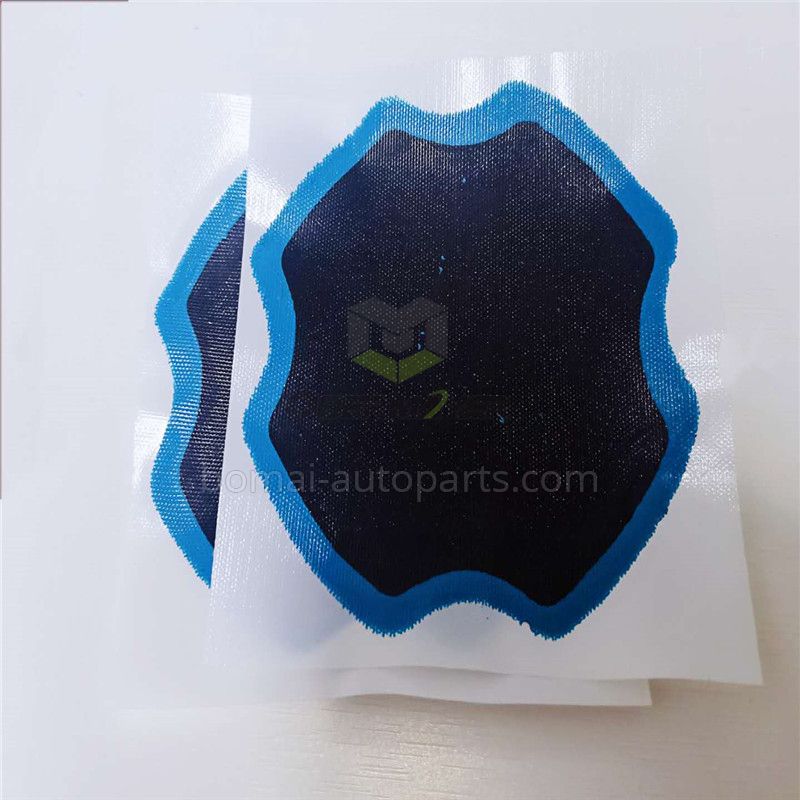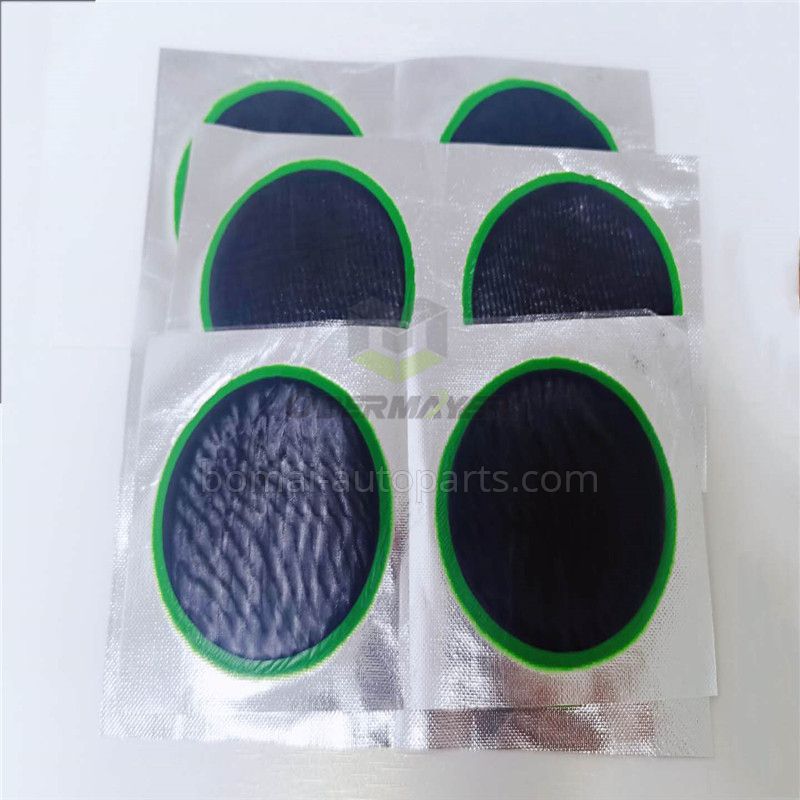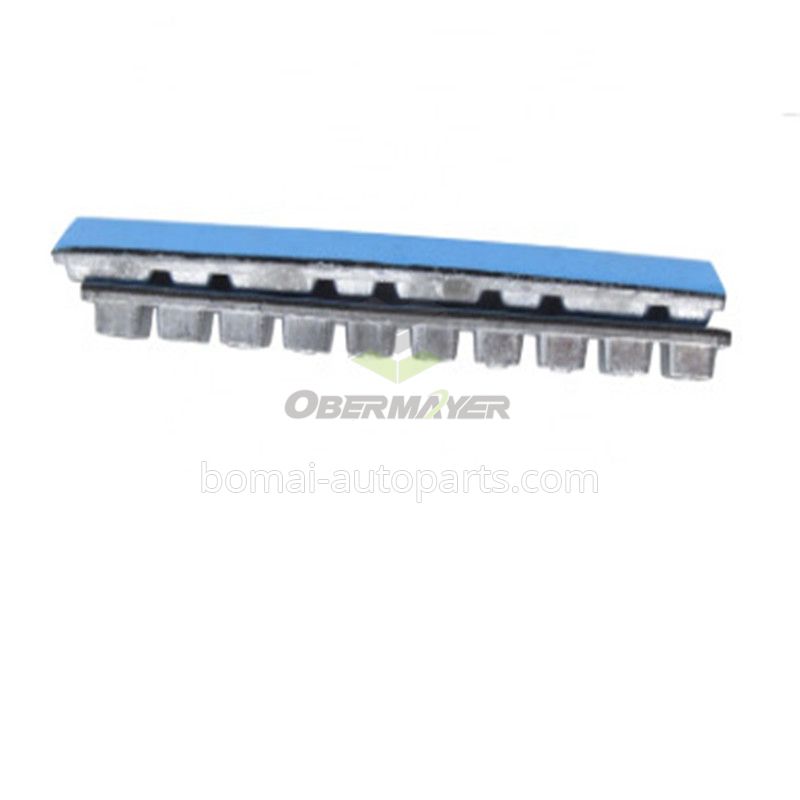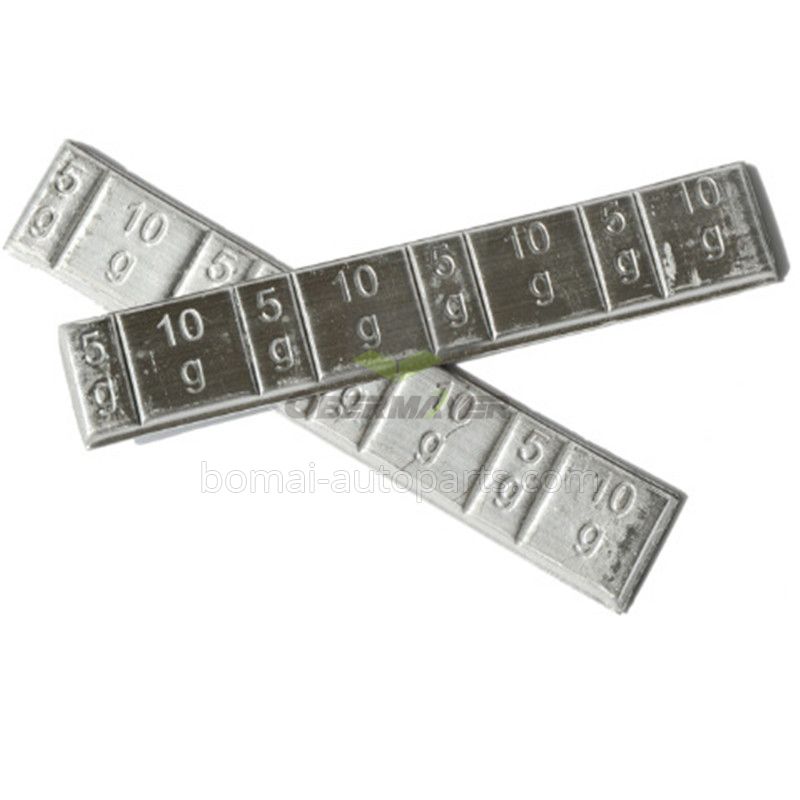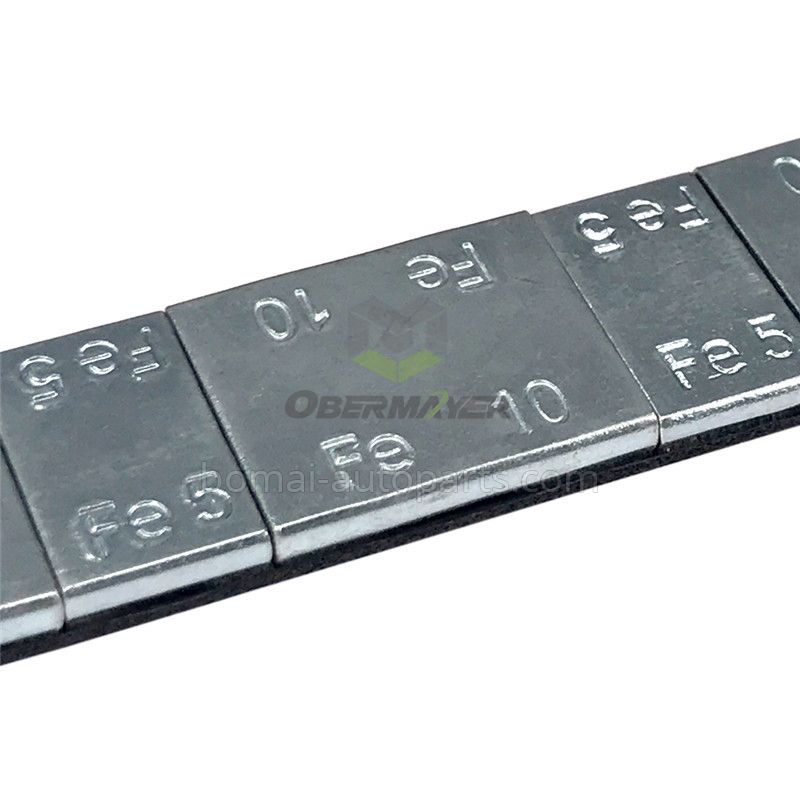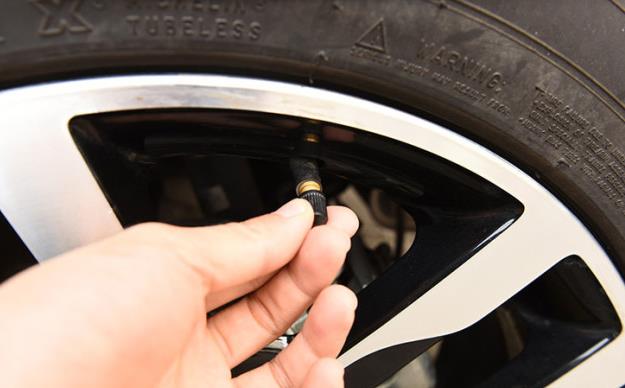The 100 Best Car Tips For Men(3)
53. Take Breaks
One long drives, take at least one 10-minute break every two hours. The combination of tight hamstrings and the pumping of your foot can stretch your sciatic nerve and lead to chronic pain. Muscles are meant to stretch—nerves aren't.
54. Prevent a Ticket
Go to speedtrap.org to find lists of speed traps, submitted by users all over the country.
55. Rest Your Right Foot
Cruise control applies the throttle more smoothly, reducing fuel consumption and increasing mileage. (And each 5 miles per hour above 60 is like paying 6 percent more per gallon of gas.) When you use it on long stretches of highway driving, rest your feet firmly on the floor to take pressure off your lower back.
56. Check Your Tire Pressure
Less air means more contact and friction between the tire and road, which wears the rubber faster, makes the engine work harder, and uses more gas, says Chris Johanson, author of Auto Diagnosis, Service and Repair. Just don't overinflate: The harder the tires, the less grip they'll have.
57. Keep Your Focus
Staring down long straight roadways for longer than 5 minutes at a time fatigues the visual cortex of your brain, causing you to speed and underestimate distances between cars, according to a study in Human Perception and Performance. Check all three mirrors and your gauges at the end of every song on the radio to keep your vision—and brain—sharp.
58. Play a Game
If you're feeling sleepy behind the wheel, ask your copilot to play Alex Trebek. An Israeli study showed that trivia games, not music, made drivers more alert. Try the electronic handheld Buzztime Trivia Sports Edition.
59. Beat Carsickness
If a passenger is prone to motion sickness or turns pale during a road trip, have him or her eat gingersnap cookies. Hunger worsens carsickness, but research has shown that ginger root can help alleviate and prevent it.
60. Let Loose
Getting the engine up to 70 mph for 10 miles once a month (on an open freeway) evaporates any water and gas buildup in the engine and exhaust system, says Chris Johanson, author of Auto Diagnosis, Service and Repair.
62. Add space
Tailgating destabilizes traffic flow, says Tom Vanderbilt, author of the bestseller Traffic. "People brake more than they have to when they follow too closely, so the drivers behind them do as well," says Vanderbilt. "This creates 'shock waves,' which lead to stop-and-go traffic." Aim for a 4-second cushion between vehicles. Drivers with less than a 2-second cushion are almost three times more likely to cause collisions, according to data from DriveCam, a driving safety service.
63. Stay in Gear
While coasting in neutral does improve gas mileage by a hair, it also levies a heavier burden on your brakes, leading to premature—and expensive—maintenance. Constantly reengaging an automatic transmission at speed also causes gear wear. So let your transmission provide engine braking as the engineers intended.
64. Mind the Music
A heavy beat might get your blood pumping, but it can also lead to unsafe speeds and accidents—particularly when you crank up the volume. Loud or up-tempo music slows your reaction time. Britain's Royal Automobile Club Foundation recently named Wagner's "Ride of the Valkyries" the most dangerous piece to play while driving.
65. Replace the Filter
Just as a colander separates cooked pasta from water, the oil filter traps dirt that would otherwise harm your engine. Today's best oil filters trap particles just 10 microns in diameter, a rate not possible 10 years ago and far superior to that of budget filters. Replace your filter every time you change your oil, lest old oil get mixed with the pristine stuff.
66. Rub It Down
Cleaning and moisturizing your dash, doors, and seats will extend their lives. Try to clean twice and condition four times annually. If you've got vinyl, apply a thin coat of vinyl cleaner, such as Lexol Vinylex. For leather, you'll want both a cleaner and a conditioner. Stick to leather products if you're in doubt, and "run like hell" from dual-purpose products, says Larry Reynolds, CEO of Car Care Specialties: store.carcareonline.com.
67. Warm Your Engine
Store your ride indoors when temperatures drop below 14 degrees. Very cold batteries produce almost no power, and they won't send enough energy to the starter motor when you turn the key. Invest in an electric engine-block heater (about $20) if you help warming the engine. Some even have timers you can set to turn on at 4 or 5 a.m.
68. Fuller Is Better
Keep your gas tank more than half full during cold weather. Otherwise any void above the fuel in your tank will fill with moist air, which condenses to water in the cold. Since water is denser than gasoline, it settles in the bottom of your tank. If enough accumulates, it'll be delivered through the fuel line to the engine.
69. Know the Numbers
Modern motor oils are engineered to flow at low temperatures and to provide adequate lubrication at high ones. Take oil labeled 5W-30, for instance, which is suitable for all weather conditions except desert Southwest climates. The first number indicates viscosity (the ability to flow) at low winter (W) temperatures. Five will work in the coldest of U.S. climates. The other number indicates lubrication performance under extreme heat. The higher the number, the better the performance under hot engine operating conditions.
HOW TO...TEACH YOUR KID TO DRIVE
70. Find an Open Space
Young drivers often panic and get visually locked on the thing they're headed toward, such as a guardrail. So find a dirt road or an empty parking lot and teach them to look where they want to go and turn the wheel in that direction. While you're there, have them practice correcting a skid.
71. Rail Against Distractions
Everything in the car can be a potential distraction, from talking on a cell phone to listening to loud music. Texting is the worst of all. According to a study for the Virginia Tech Transportation Institute, drivers who text are 23 times as likely to crash as those who don't.
72. Paint Pictures
Want an important message to fall on deaf ears? Use numbers: "It takes an additional 90 feet to bring a car traveling 60 mph to a stop for every second that braking is delayed." Blah, blah, blah. Instead, provide context by saying, "The average car traveling at 60 mph requires 271 feet to stop—that's almost the length of a football field!"
73. Limit Passengers
"Statistics show that the more kids there are in the car, the higher the chances of an accident," says Jeff Payne, founder and CEO of Driver's Edge, a Las Vegas-based nonprofit that teaches kids defensive driving. The risk of having an accident increases fivefold with two or more teenage passengers, so make that the cutoff.
74. Set a Curfew
According to the Insurance Institute for Highway Safety, 32 percent of fatal crashes involving teenage drivers occur between 9 P.M. and 3 A.M. So if you require that the car be parked in the driveway at midnight, your kid has half as much time to get into trouble.
75. Stop for Doughnuts
A ticked off, heartbroken, or tired teenage driver is a recipe for disaster. Suggest that pulling over for a doughnut and coffee is the perfect antidote for anxiety. Realistically they won't ever pull over, but hopefully the slogan will help them take a deep breath.
76. Preach Steady Driving
When behind the wheel, speed and direction should never change abruptly. In other words, drivers shouldn't accelerate quickly, slow down in a hurry, or turn on a dime. If your kid sees an exit but can't get over, for example, remind him or her to wait for the next one.
77. Embrace Caution
Tell your kid "the road is full of tools"—as in morons. By using kid-speak, you have an edge over the dreary drivers-ed teacher, and you allow him or her to embrace caution as an attitude that's defiant, rather than dorky.
78. Provide a Bolt Hole
When your kid puts himself in a tight spot, gently pipe up, "Where's your bolt-hole?" Establish that you want to spend as much wheel time as possible in a spot where there's an exit option.
79. Lead by Example
One of the single greatest predictors of unsafe driving in teens is having a parent who drives unsafely. Tame your rage and drive like you want them to drive.
80. Be Specific
Mechanics want to have a dialogue. Never just say, "I hear a noise," and drop off the keys and leave. Describe the what, when, and where. For instance, say, "I hear a high-pitched squeal when I accelerate, and then it stops after 30 mph." A good mechanic immediately knows to check your belts.
81. Buckle Your Seat Belt
One in five men thinks airbags make seatbelts unnecessary, when in fact going unbuckled turns an airbag into a deadly weapon. After reviewing 12 years-worth of car crashes in which airbags had deployed, University of Pittsburgh scientists found that the incidence of neck or spine injury was 70 percent higher for drivers who'd gone sans seatbelt. That's because if you aren't buckled up during a collision, you're likely to be propelled headfirst into an airbag coming at you at 200 mpg, say the study authors.
82. Fix Your Footing
Most people use their toe on the accelerator, which makes it harder to keep steady pressure and leads to excess gas consumption. Drive with your foot flat on the pedal, ease up on the accelerator a bit, and lower your top speed on the freeway.
Previous: The 100 Best Car Tips For Men(4)



